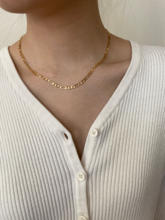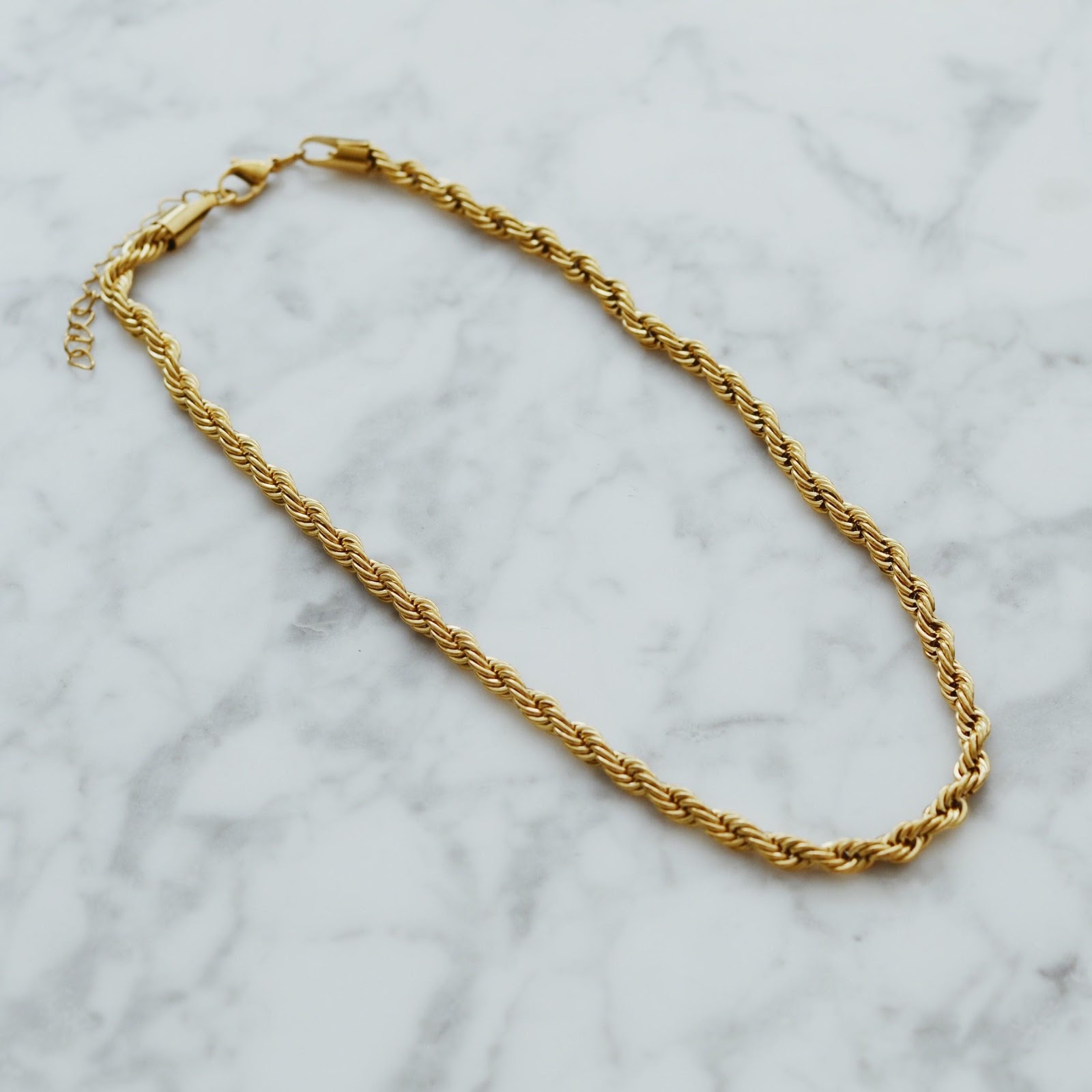“Shop Small” is a phrase you’ve probably heard at least one to a dozen times since the beginning of quarantine last year. Being cooped up inside our homes all year, many turned to online shopping for most of our basic needs, including, of course, our retail therapy. And though many retail shops are beginning to resume their hours, plenty of small businesses were able to have successful online launches during the pandemic.
The e-commerce market witnessed a significant growth in its revenue, bringing consumers an ample amount of products to choose from so that they can shop the newest styles without breaking their wallets. Consumers spent $861.12 billion online with U.S. merchants in 2020 – which is a 44% increase from 2019 – according to data from the U.S Department of Commerce. While Amazon made up nearly a third of all e-commerce in the U.S, small jewelry businesses began to emerge in the midst of the pandemic. These shops are often people with full-time jobs rerouting their skills towards entrepreneurship.
But during the overall economic decline during the pandemic, Jeff Bezos wasn’t the only one able to make the most of the situation.
“Despite the hardship and economic downslide, some young entrepreneurs seem to have it all under control and are running thriving businesses,” says Chastity Heyward, a member of the Forbes Business Council, in Forbes. Entrepreneurship may not have been people’s first or previous career choice, but when you’re stuck at home with a limited job market, what better way to draw in income than work from home?
When you think of jewelry brands, one might think of huge name brands like Mejuri, Kendra Scott or Madewell. These considerably high-end jewelry companies have a natural upper hand against the emerging underdogs thanks to their well-established brands, and some may begin to wonder how small businesses can compete with such well-recognized names in the market.
“Though these small businesses don’t have as strong of brand recognition, what gives them the angle they need to make it in the market is that they’re making quality products accessible for people who’ve been affected by the unfortunate changes in the economy,” said Professor Maija Renko, the Coleman Entrepreneurship Chair at DePaul University.
But the question remains: Will they be able to take over the larger brands even after we return to normal? Professor Renko suggests that while she’s “not surprised to see that lower-priced pieces of jewelry may be more popular now than before,” she predicts that, “there will always be the big brand names in the jewelry business.”
The pandemic has harmed a lot of people financially. According to the Bureau of Labor Statistics, the pandemic brought the unemployment rate up to 14.7 percent back in April. A report from Yelp analyzing data from March to September 2020 found that at the start of the pandemic, almost 180,000 businesses closed either permanently or temporarily, with about 30,000 closures being permanent. In September, that figure rose to almost 100,000. Due to the shift in the economy, people are tight with money, but because of quarantine, their hunger for online shopping increased, so these affordable shops made that easy for them to do without the large price tag.

Gold hoops from Flaire Accessories.
Small jewelry businesses such as Flaire Accessories, Jin Jewelry and Shapes Studio are only three among the hundreds of brands out there who work to offer high-quality and affordable pieces. They strive to produce jewelry that will last and they know how to keep up with the trends. For some buyers, quality might be of concern for smaller shops – but the more costly well-known products have their flaws, too.
Dorothy Deng, owner of Flaire Accessories, experienced this herself and knew of many others that have as well, which is what drew her towards starting her own brand. “Jewelry from trendy affordable places would always rust or turn my skin green after only several uses, while non-tarnish jewelry was always too expensive,” Deng said.
Gage Diamonds, a store and online retailer that sells engagement rings, advises their customers of “the dangers of cheap jewelry.” There’s often a stigma around cheap jewelry and how they are “chock full of carcinogens and other toxins,” which is what causes skin to turn green as well as other irritations. But long-lasting jewelry doesn’t need to be costly. Women like Dorothy Deng, the owner of Flaire; Phoebe Luo, owner of Jin Jewelry; and Katie Ji, owner of Shapes Studio, want to alleviate the struggle of finding quality trendy jewelry at an affordable cost.

A dainty gold necklace from Jin Jewelry.
Materials are a big factor in the price difference between small shops and high-end brands. High-end brands use a variety of materials, including gold vermeil, solid gold, or sterling silver. Brands such as Mejuri, Kendra Scott and Gorjana use such materials. Smaller brands like Flaire, Jin and Shapes Studios sell jewelry made from stainless steel or gold-filled or plated chains.
Just because the material costs less doesn’t necessarily mean that your jewelry won’t last. The fact that they’re anti-tarnish and water resistant is what makes the price so reasonable when compared to high-end pieces.
“The pieces that I offer are all inspired by versatility and how well they complement each other,” says Phoebe Luo, owner of Jin Jewelry. “I also take inspiration from fashion trends or styling that I see on Instagram or Pinterest that really catch my attention.”
Katie Ji, founder of Shapes Studio, works with a designer to choose pieces that are minimal and aesthetically pleasing so that young women are free to express themselves and show that they are “bold, confident, and strong” both inside and out.

A gold necklace from Shapes Studio.
“My ideal message to my customers is to be confident and to use my jewelry to help them be more confident out in the world,” said Ji.
While it’s hard to say how much longer the economic impacts of the pandemic are going to last, small jewelry businesses have definitely made their mark in the industry. These brands took advantage of online marketing and have tailored their social media to draw in traffic for their business. In the same way that people feel as though there’s no returning back to “normal” life after the pandemic, the same goes for the jewelry market.
“I hope to have pop-up shops around the country where customers can come in, feel at home, and hang out at our stores without the traditional shopping experience,” says Deng.
Header image by Bridget Killian




NO COMMENT